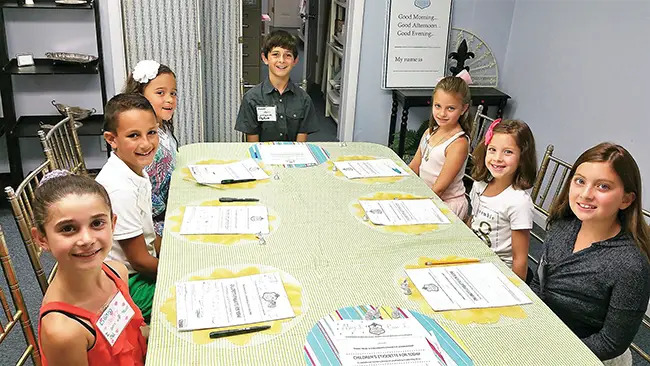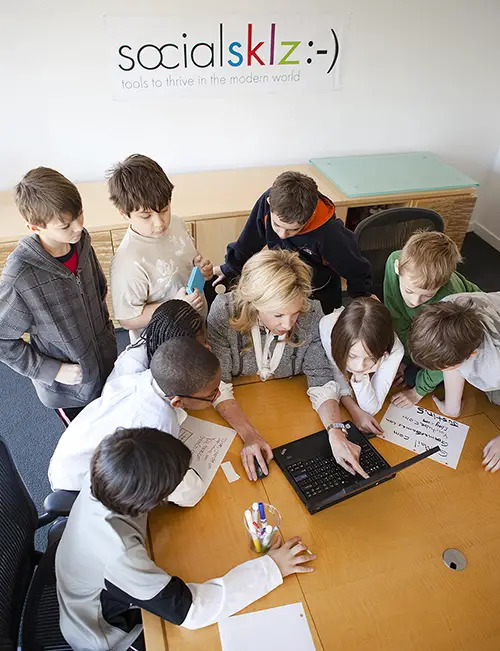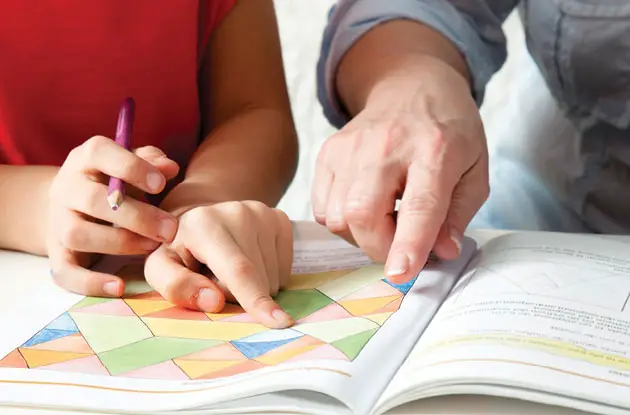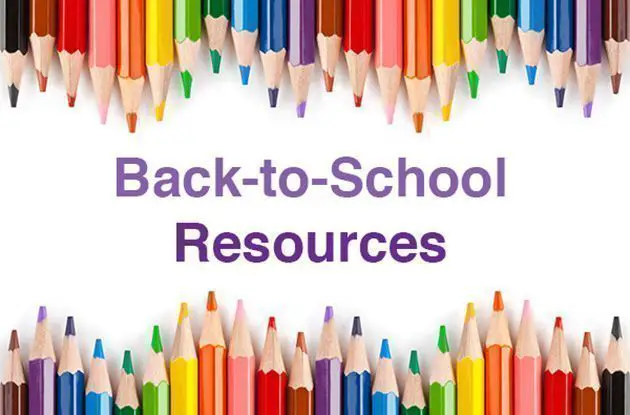Though it may seem quaint, etiquette schools are thriving today—here’s why.
It seemed to be that whenever 5-year-old Belle sat down for dinner, most of it would end up on the floor rather than in her mouth. She overlooked the fork and knife and used the tools she was born with—her fingers. As a result, Belle’s parents got tired of crawling under the table to pick up whatever they’d had for dinner that night. But they couldn’t seem to get Belle to stop, so they turned to some outside help.
That’s right: We’re talking etiquette school. Belle’s mom, Anne, decided to enroll her in a dining course at Beaumont Etiquette in Manhattan.
Not wanting it to feel like a punishment, Anne set out to make sure Belle saw it as a fun and light-hearted activity. When the day came to start, Anne made it a big deal for Belle, dressing her daughter in a cute party dress, letting her put on some makeup, and getting her excited about using fancy tableware.
During class time, Beumont’s founder and director, Myka Meier, taught Belle the basics of mealtime etiquette, including where your napkin goes, when to use a fork and a spoon, and how you shouldn’t put your feet up while eating.
Today, Anne is happy to report, Belle’s food now reaches her mouth instead of the floor, she utilizes her silverware, and she even stirs her mother’s tea on a regular basis. “Do you think Myka would be proud that I did this?” Belle will ask Anne from time to time. Or she will turn to her little brother and say, “Good, Jack. You’re eating over the plate!”
“She picked up some things from it, and I think it was a great thing, and I know she had fun doing it,” Anne says. “It was more of a fun activity than a class.”
In our fast-paced world, in which families are eating together less often and informality seems to rule the day, it may seem as if manners and etiquette are a thing of the fabled past. But Belle is far from the only area child who’s learned a thing or two from a program like Beaumont’s. Schools, classes, and private teachers dedicated to spreading the gospel of good manners are still thriving in 2016.
“I think we’re all seeing a big increase in business because it’s becoming almost trendy again, it’s becoming cool,” Meier says. “I think the millennial generation and onward have a lot of new challenges in everyday life, and we have to cater to the changes that are happening around us.”
 Courtesy Fleur de Lis Academy |
|
Students at Fleur de Lis Academy in Norwalk, CT, prepare for the days’ lesson. |
Manners vs. Etiquette
To understand what goes on in these programs, it’s helpful to define some terminology, starting with the fact that manners and etiquette are not, in fact, the same thing.
“Good manners never change,” says Michelle Sperry, founder and director of Fleur de Lis Academy in Norwalk, CT. “For example, 100 years ago it wasn’t okay to bonk someone over the head and take their food. And, it still isn’t okay to do that.”
Etiquette, on the other hand, is culturally specific, dependent on time and place. “Etiquette is a set of rules,” Sperry continues. “It changes with each era, style, demographic, etc. For example, 100 years ago people used to eat with their hands. Now, we eat with forks and knives, although in some cultures they still eat with their hands. But, nonetheless, these things will change.”
Manners, then, are basic social skills, such as holding the door for someone or sharing toys with friends, while etiquette programs cover modern American norms, which can include making eye contact with others or shaking hands.
“All parents want their child to be successful. However, success is not only measured in academia, but through the way we teach our children to show courtesy, respect, honesty, and politeness,” says Dianne Marsch, founder and director of the Etiquette School of Manhattan.
Today’s Etiquette Needs
Most parents who send their children to these programs have modest goals, seeking attainable improvements in their kids’ behavior. “Most of the time the parents just want the kids to listen a little bit more, to chew their food with their mouths closed—it’s mainly that. If these things are not addressed now, later on they will be harder to learn,” says Arely Mendoza-Cantos, founder and director of Always Gracious, a manners and etiquette school for Long Island youth. “I find that young kids are really eager to please their parents and show their manners.”
Many programs today include classes on digital etiquette—how to behave online, and how and when to put the device down and be present in the real world. “We have social media, and children especially are on computers all day and that sometimes is their preferred method of communication,” Meier says. “So, I found that they were losing really basic social skills.”
Despite the emphasis on technology and digital media, many of the schools find their more traditional classes, especially those covering mealtime behavior, are the most popular. Educating today’s youth on how to communicate clearly—face-to-face and through their screens—how to conduct themselves in professional settings, and how to act at the dinner table are skills that can have an impact on their future and ultimately give them an advantage over those who have not been brushing up.
“It’s interesting, a kid in our very modern world who has great social skills and great manners and great etiquette really stands out, because for most kids the bar is so low when it comes to social skills,” says Faye de Muyshondt, founder and director of the Manhattan etiquette school Socialsklz:-). “Parents are always trying to give our kids the competitive edge, but really the competitive edge in the modern world is an awesome set of social skills and a great foundation of manners and etiquette in life, because most kids don’t have it.”
 Courtesy Socialsklz:-) |
|
Students at Manhattan’s Socialsklz:-) focus on a digital etiquette lesson |
With the introduction of social media and the rise of technology, there is a newfound urgency to etiquette education. “Is it okay to text someone who’s more senior than you and use emojis? Is it okay to still be writing old-fashioned thank you letters? Just going over and making it a bit more relevant to today—that’s the whole point of it—for it to be practical etiquette that they use every day,” Meier says.
Despite our digital world’s dizzying pace of change, knowing how to chew your food politely or conduct yourself during an interview are skills that are ultimately timeless. On the other hand, maybe putting our pinkies up and carrying a handkerchief are, indeed, a bit outdated. The key is to find the balance, and today’s schools understand the difference.
“The more students we can teach all of these social, communication, and leadership skills to, it can change an entire generation,” Marsch says. “And I love every day that I can teach and make a difference in the life of someone.”
Main image: Students at Alice Austen House on Staten Island practice their etiquette.
Courtesy Alice Austen House
RELATED:
Etiquette Schools in the NY Metro Area




















